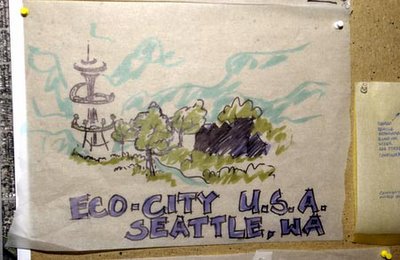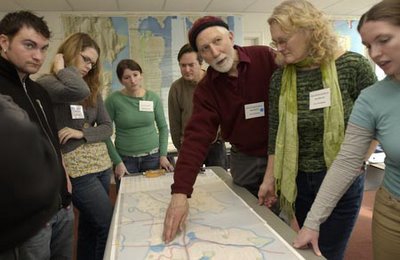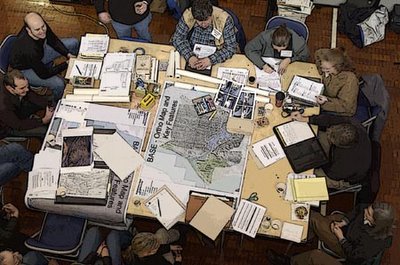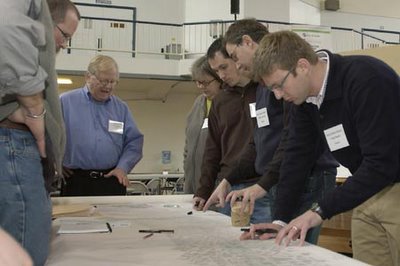The Living Barge is Coming

From the email list, via City-repair's listserv:
Myself and my collaborator Nicole are going to be
planting a barge with native plants of the Duwamish
River basin and floating it on the Duwamish River for
the month of April. This project will draw attention
to the co-existence of industry and nature on the
Duwamish. We're planning tours, discussions and
exhibits that will give people the opportunity to talk
about the area's history and its future, and to learn
more about the Duwamish and South Park. Plans include
a South Park walking tour, boat, canoe and kayak tours
of the Duwamish and the Living Barge, art exhibits and
more.
We're putting together a construction crew now and are
looking for a small, dedicated group of folks that
would be willing to pitch in and help us build the
barge for the last couple weeks of March.
Construction will be at the Duwamish Shipyard - very
cool! Experience is helpful but not necessary.
If you're interested, or would like to help in other
ways, email me at sarah@gogoweb.com or check out
www.livingbarge.com for more details on events,
schedule, and other volunteer needs. See you on the
Duwamish!
Sarah
www.gogoweb.com/kavage






